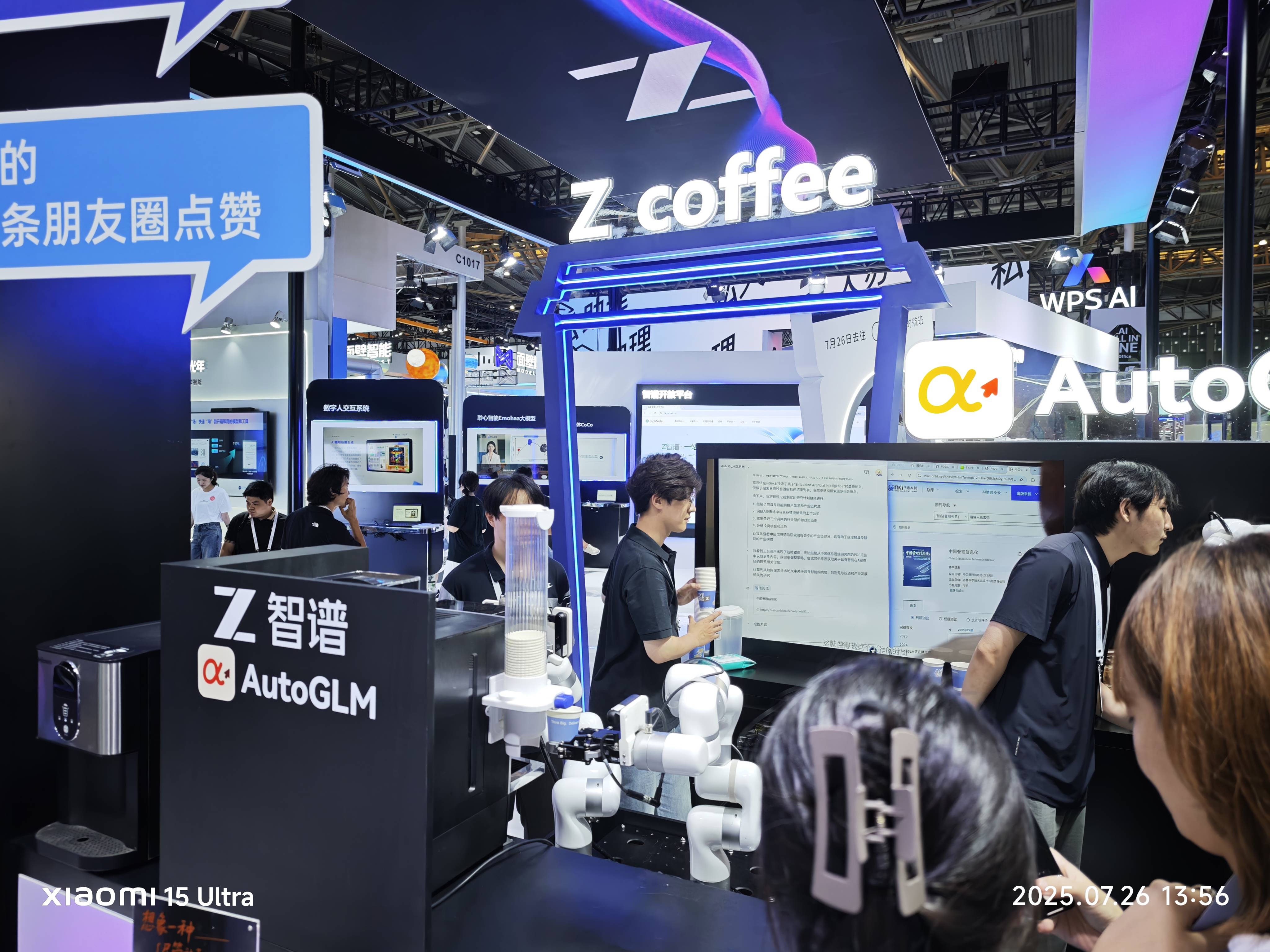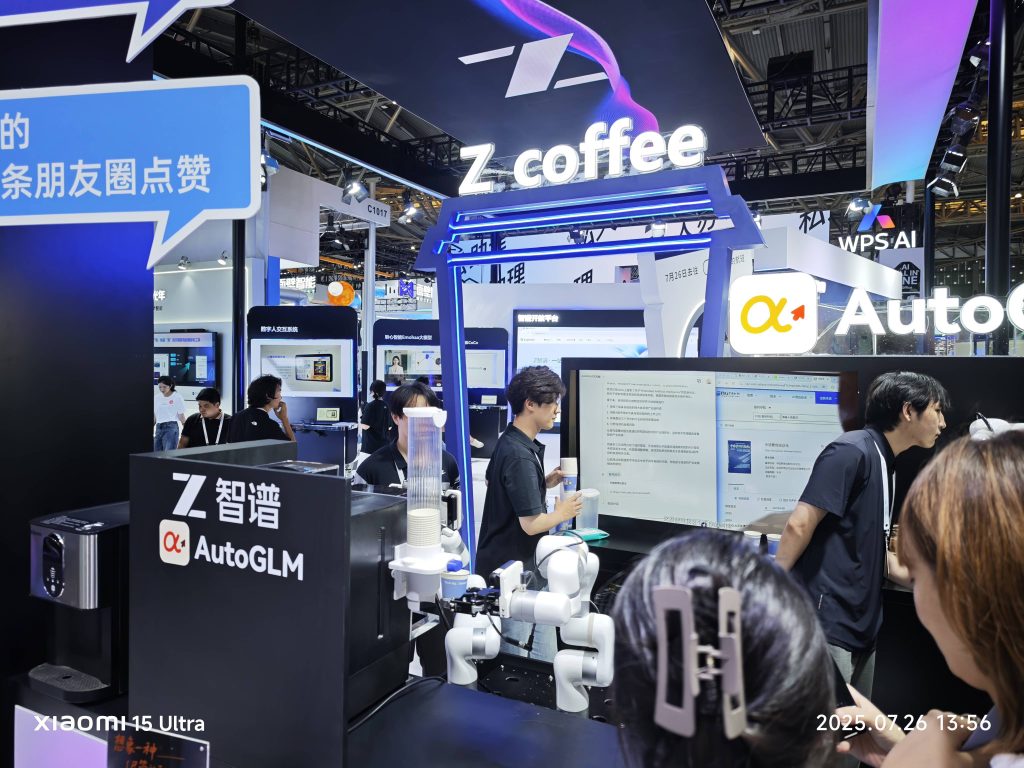
AsianFin — Zhipu AI, one of China’s leading foundational model developers, launched its next-generation flagship model series GLM-4.5 on Sunday, as competition in the domestic large language model (LLM) space intensifies.
Built on a Mixture of Experts (MoE) architecture and optimized for AI Agent scenarios, GLM-4.5 has set new benchmarks among open-source models, outperforming key rivals in reasoning, coding, and agent intelligence. In overall global evaluations, GLM-4.5 ranks third worldwide, first among Chinese models, and first among open-source models, ahead of Stepverse’s Step-3, DeepSeek-R1-0528, and Moonshot’s Kimi K2.
The model series includes two variants: the full GLM-4.5, with 355 billion total parameters (32B active), and the lighter GLM-4.5-Air, with 106 billion parameters. Both are fully open-sourced via Hugging Face and Alibaba’s ModelScope, with APIs accessible through the Zhipu Open Platform. The complete feature set is available for free through Zhipu Qingyan and the z.ai official site.
“The road to AGI has only just begun,” CEO Zhang Peng said. “Current models are far from reaching human-level capability.”
Zhipu’s push into open-source comes as China’s LLM market undergoes rapid iteration. In the past month alone, the country has seen the release of MiniMax M2, Kimi K2, and Stepverse’s Step-3. Meanwhile, global heavyweight OpenAI is reportedly preparing to launch GPT-5—a closed-source, multimodal model—as early as late July.
Zhipu’s GLM-4.5 is pre-trained on 15 trillion tokens of general data and refined with 8 trillion tokens of specialized domain data focused on code, reasoning, and agents. The model is further enhanced with reinforcement learningtechniques for complex task execution. According to internal benchmarks, GLM-4.5 uses just 50% of the parameters of DeepSeek-R1 and one-third of those in Kimi-K2, while delivering superior performance in key LLM evaluation tests.
In real-world performance metrics—including 52 development tasks across software, game, and web development—GLM-4.5 delivered results comparable to Claude-4-Sonnet, while offering better tool invocation reliability and task completion rates.
The model’s token pricing is highly competitive, with input costs as low as RMB 0.8 per million tokens and RMB 2 for output—approximately one-tenth the cost of Anthropic’s Claude. Zhipu also claims the high-speed version of GLM-4.5 can generate over 100 tokens per second, supporting low-latency, high-concurrency environments for enterprise-grade deployment.返回搜狐,查看更多
平台声明:该文观点仅代表作者本人,搜狐号系信息发布平台,搜狐仅提供信息存储空间服务。

